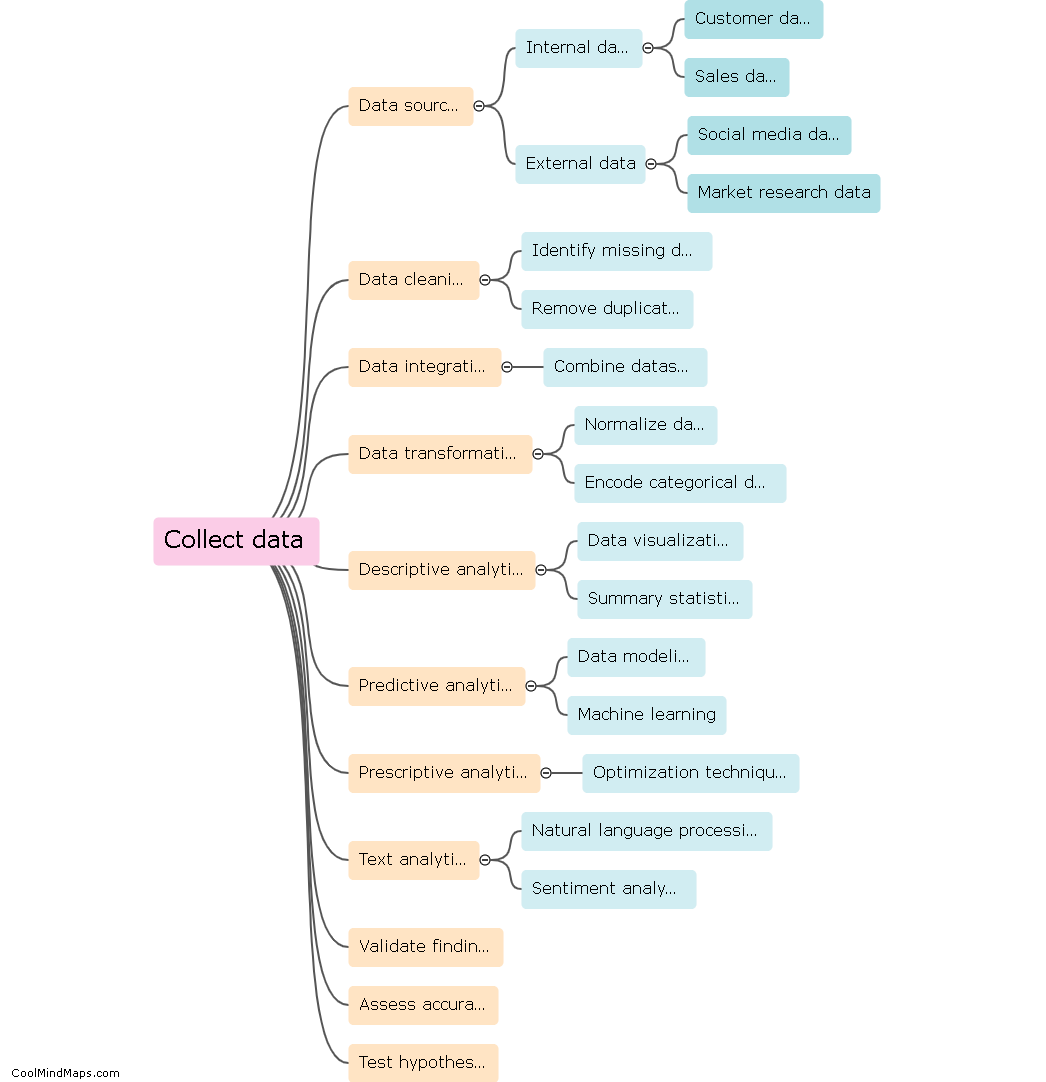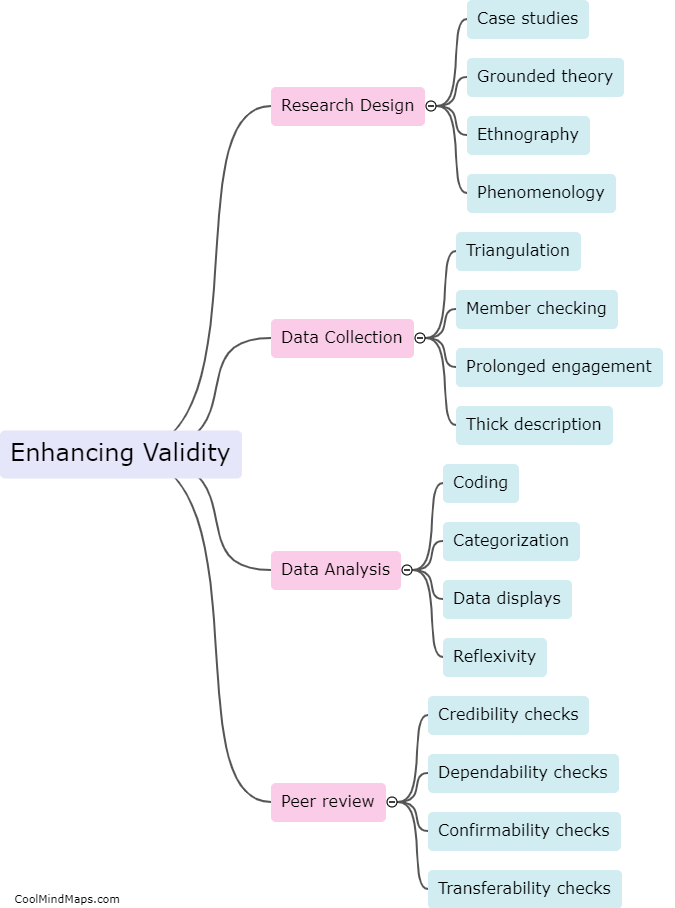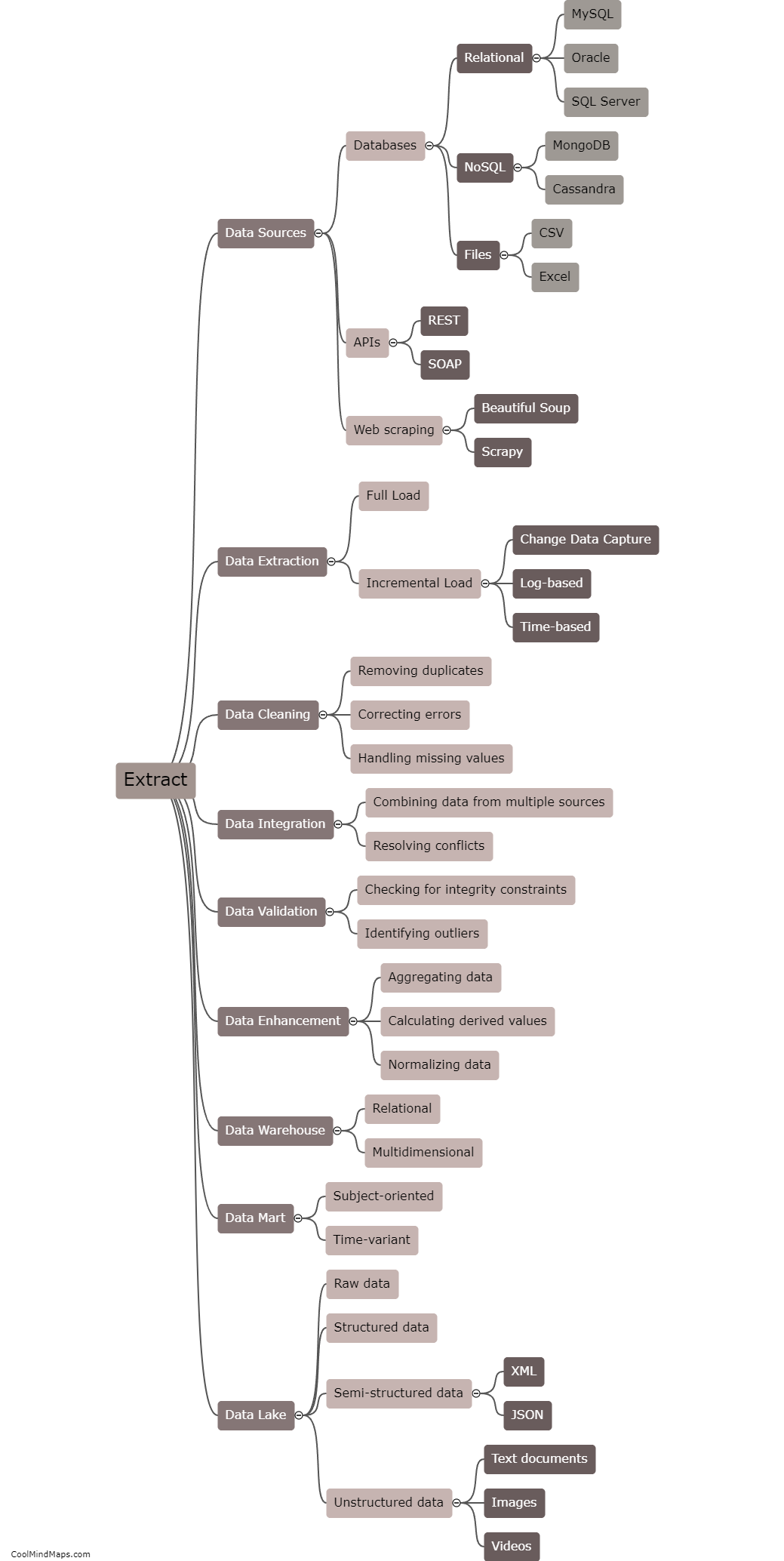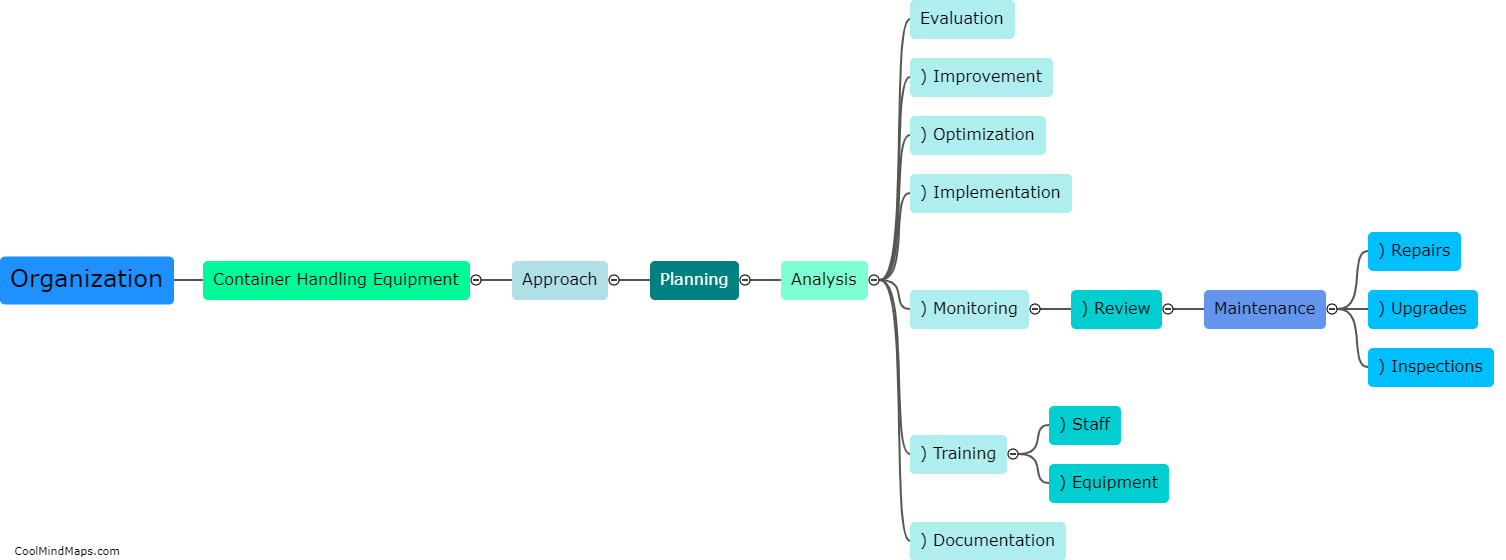How is big data analyzed?
Big data analysis involves the use of advanced tools and techniques to extract meaningful insights from large and complex data sets. The analysis process typically includes several steps. First, the data needs to be collected from various sources and stored in a format suitable for analysis. Next, data cleaning and preprocessing techniques are applied to address any inconsistencies or errors within the data. Once the data is cleaned, it can be analyzed using various algorithms and statistical models. This analysis involves identifying patterns, trends, and correlations within the data. Visualization tools are often used to present the findings in a more understandable and actionable format. Additionally, machine learning techniques can be applied to train models that can make predictions or classify new data based on the insights gained from the analysis. Overall, big data analysis requires a combination of data engineering, statistical analysis, and data visualization skills to effectively extract valuable insights from large data sets.

This mind map was published on 5 January 2024 and has been viewed 110 times.











